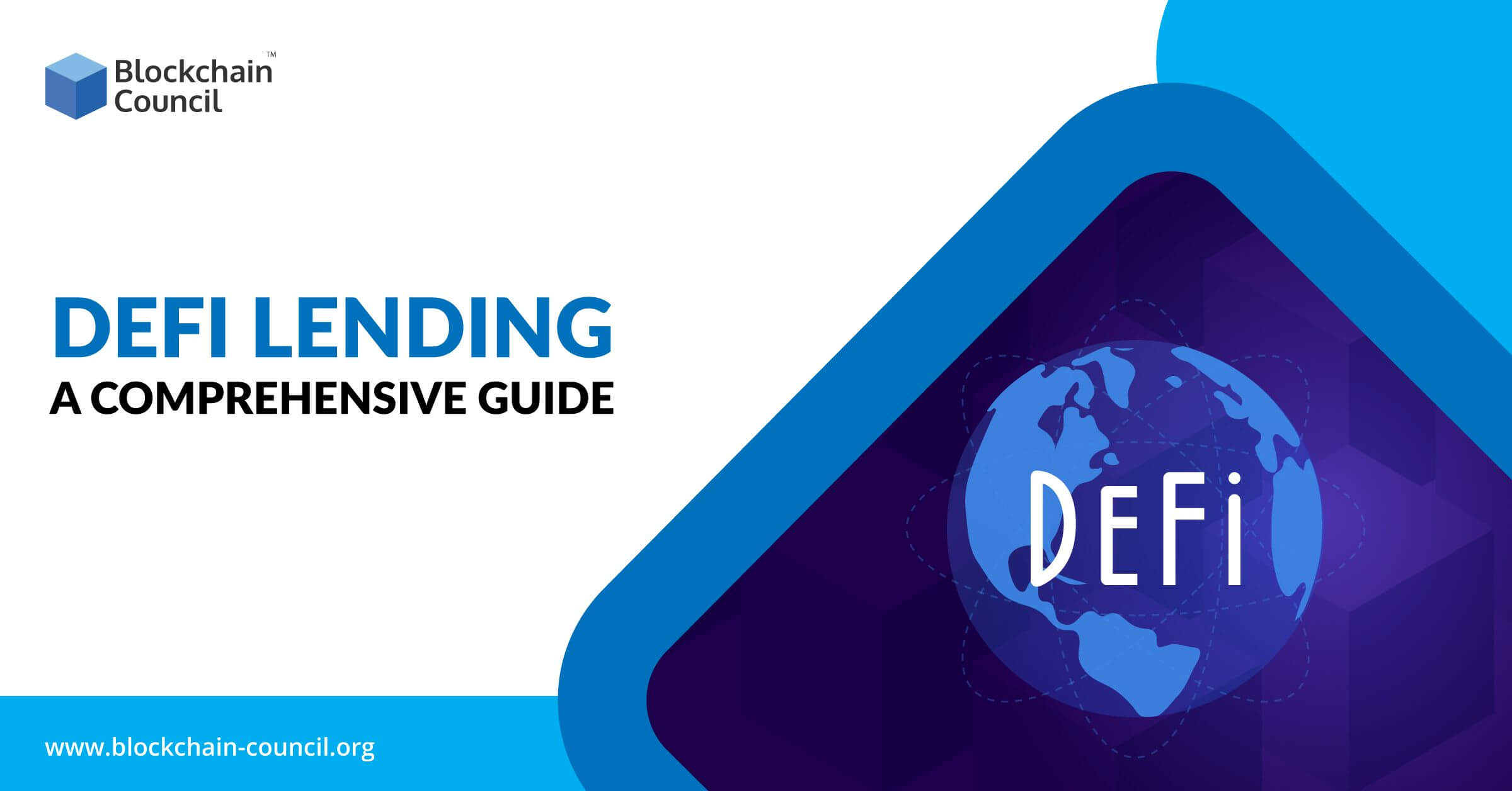
- Vikash Kumar Das
- August 14, 2020
Curious to learn about decentralized finance? You have landed on the right page. This article explains DeFi lending, its advantages over traditional lending, and few trending DeFi lending platforms.
Table of Contents
- ABC of DeFi
- Understanding DeFi Lending
- DeFi Lending Over Traditional Lending
- Popular DeFi Lending Platforms
- Conclusion- Is DeFi a Future?
ABC of DeFi
DeFi, also known as Decentralized Finance, is an ecosystem of financial applications built on top of blockchain networks, especially in Ethereum blockchain that operates without involving any third-party or central administration. It aims to create a transparent, open-source, and permissionless financial service environment that allows everyone to interact and manage their digital assets through P2P and decentralized applications regardless of their location and status. Under decentralized infrastructure, DeFi transforms traditional financial services into trustless and transparent protocols and covers all financial services such as lending, borrowing, and trading. What users need to utilize these functionalities is to have an internet connection.
Want to become a Certified Ethereum Expert? You are just a click away.
Understanding DeFi Lending
In the case of decentralized finance, smart contracts are supposed to be its foundation layer as they are self-executing and do not require intermediary oversight. Ethereum introduced the concept of DeFi, which is why most of the DeFi applications are built on Ethereum blockchain.
Now, as we have understood the concept of DeFi, let’s learn what exactly is DeFi lending and what it offers.
The DeFi lending platforms offer crypto loans in a trustless manner and allow users to enlist the crypto coins they have in the DeFi lending platforms for lending purposes. With this decentralized platform, a borrower can directly take a loan, called DeFi P2P lending. Moreover, the lending protocol even allows the lender to earn interests.
Out of all the other DApps available, the DeFi is considered the most significant contributor for locking crypto assets whose lending growth rate is highest.
DeFi Lending Over Traditional Lending
DeFi lending, whose underlying technology is blockchain, utilizes all its unique features, and performs exceptionally well compared to traditional lending. DeFi offers complete transparency in every money transfer process with easier access to the asset to the users without involving any third-party. The borrowing process is simple as one just needs to create an account on a DeFi lending platform, have a crypto wallet, and open smart contracts. Moreover, DeFi is censorship resistant, meaning there is no preferential treatment while ensuring immutability.
Apart from all the benefits mentioned above, it benefits both lenders and borrowers. It offers margin trading options in unsupported platforms and allows the long-term investor to lend his asset and earn higher interest rates. Moreover, users who have access to credit in fiat currencies can borrow it at a lower rate than the decentralized exchanges, further sell it on a centralized exchange for a digital currency (cryptocurrency), and then finally lend it to the decentralized exchanges for earning an arbitrage fee.
Popular DeFi Lending Platforms
COMPOUND
According to the Compound’s official website, “It is an algorithmic, autonomous interest rate protocol built for developers, to unlock a universe of open financial applications.”
COMPOUND is an Ethereum-based blockchain decentralized protocol for the frictionless borrowing of Ethereum tokens that offers a safe and positive approach to store digital assets, thus eradicating the flaws of existing conventional approaches. It establishes money markets for the borrowing and lending of assets and works without negotiating in terms of the interest rate or collateral. Suppliers and borrowers can interact directly with the protocol and earn a floating interest rate.
Recently in June 2020, Compound launched its governance token, ‘COMP,’ that provides token holders voting rights over things like protocol upgrades, added-on new assets for borrowing and lending, and much more.
MAKER
Maker is a unique DeFi crypto lending platform that lets it borrow only DAI token, and to use as collateral, for now, it allows only ETH and BAT, which makes it different from Compound protocol. MKR empowers users to take part in the operational earnings through “governance fees,” which act as interest rates for the network. With Maker, users lock up their collateral into a core Maker smart contract called Collateralized Debt Position (CDP) to produce DAI. Here it is important to note that no lender puts their assets in a liquidity pool; instead, a borrower must collateralize their asset in CDP to get a loan. Therefore the buyers of DAI can be considered to be lenders, though indirectly.
Aave
Aave is an open-source DeFi lending protocol that has gained popularity among users since its mainnet launch in 2020. With this platform, lenders can deposit the cryptocurrencies in the pool that platform supports (such as ETH, DAI, USDC, WBTC, REP, etc., ) and receive an equivalent amount of aTokens (similar to that of cTokens of the Compound protocol) which generates interest fee that starts compounding continuously. Aave also algorithmically adjusts the interest rate on the basis of demand and supply, which indicates that the more you hold aTokens, the better the interest amount.
Conclusion- Is DeFi a Future?
From the above discussion, it is clear that Defi can reshape the entire financial system, changing the entire world for good. DeFi attempts to decentralize core traditional finance like trading, payment, and insurance, lending, and investment, but still, it has to overcome the technical risks and operational risks associated with it. Furthermore, some issues on Ethereum itself could possibly create concerns for decentralized finance.
To get instant updates about Blockchain Technology and to learn more about online blockchain certifications, check out Blockchain Council.

































































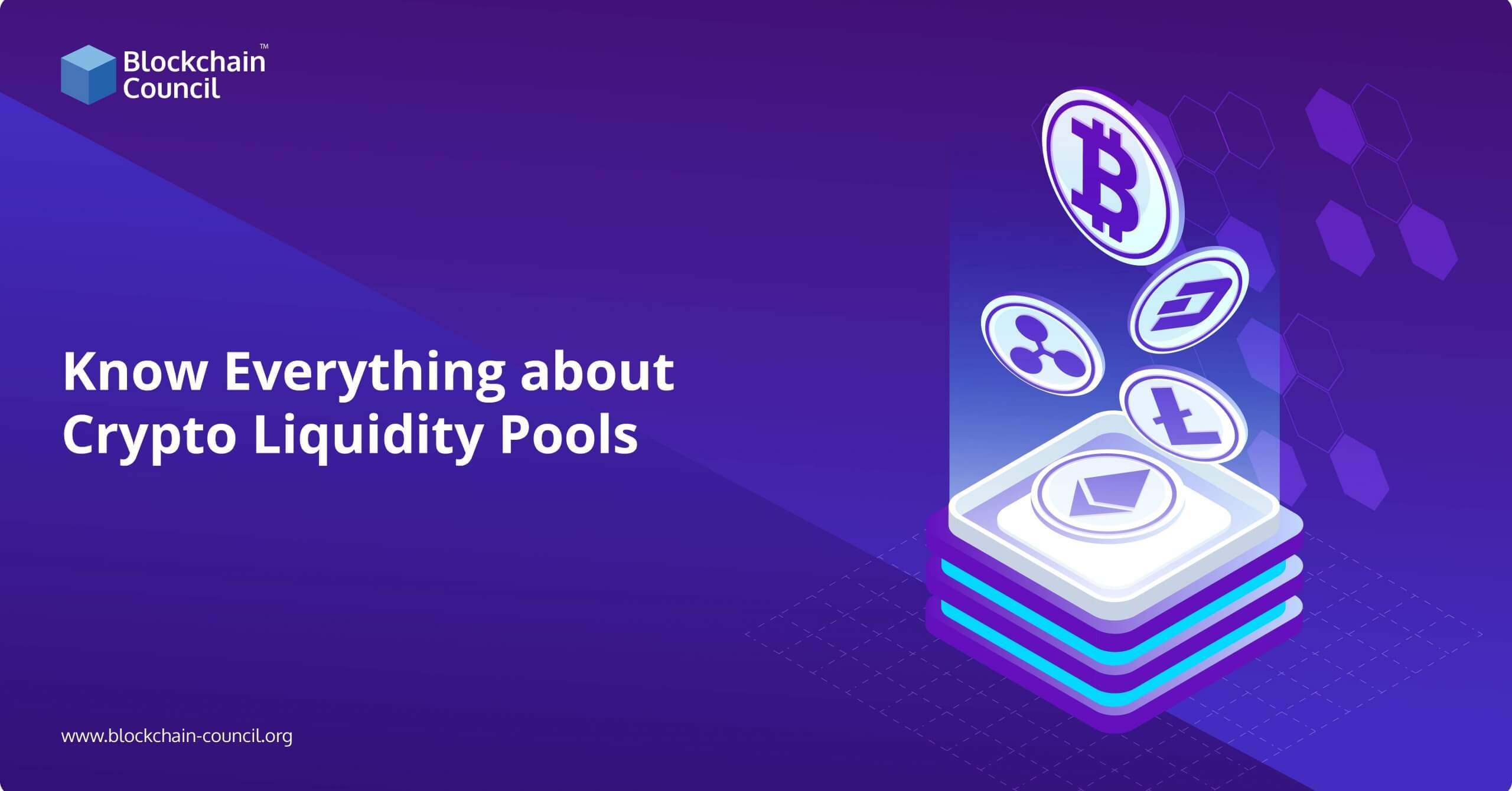
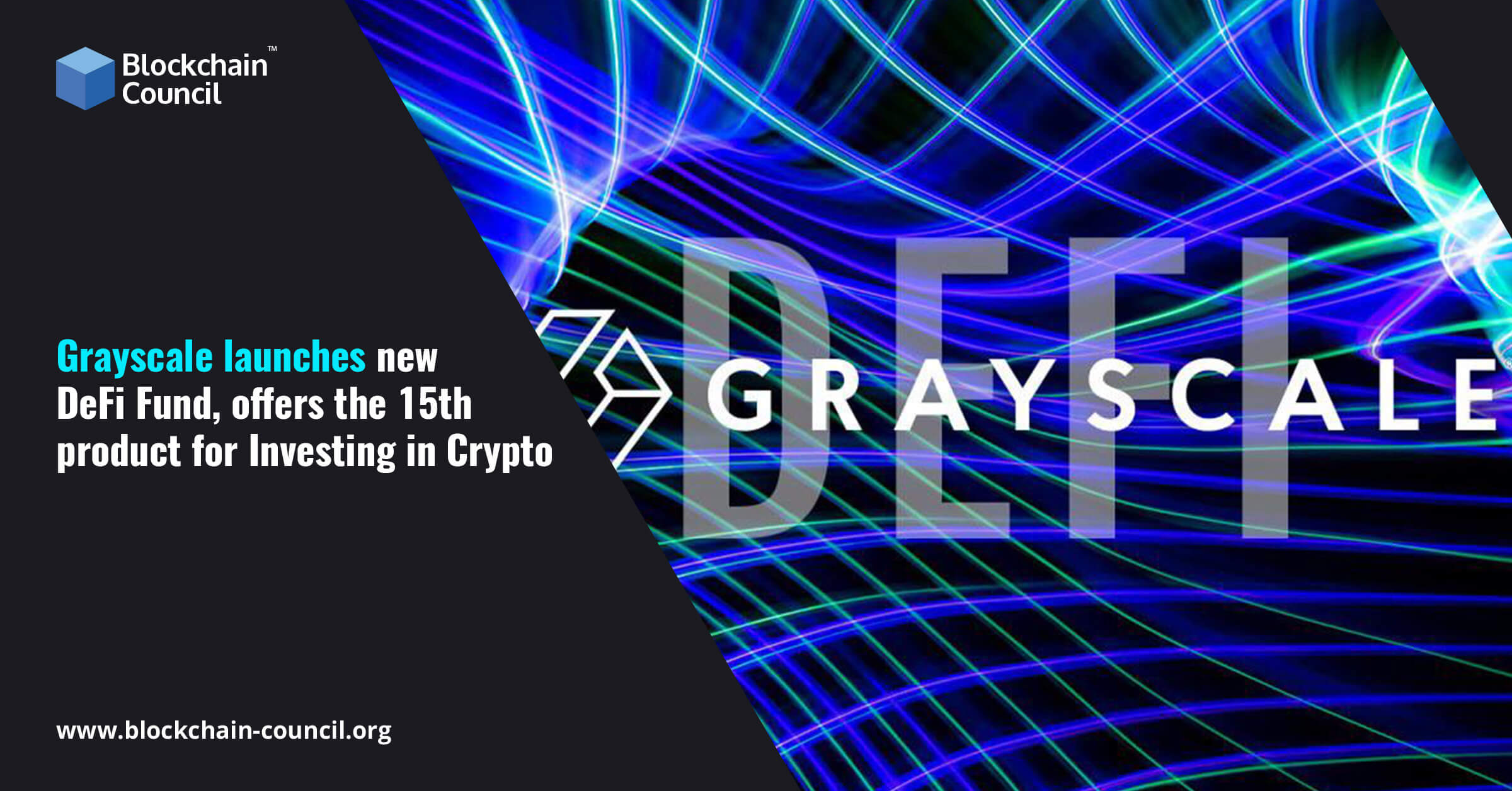
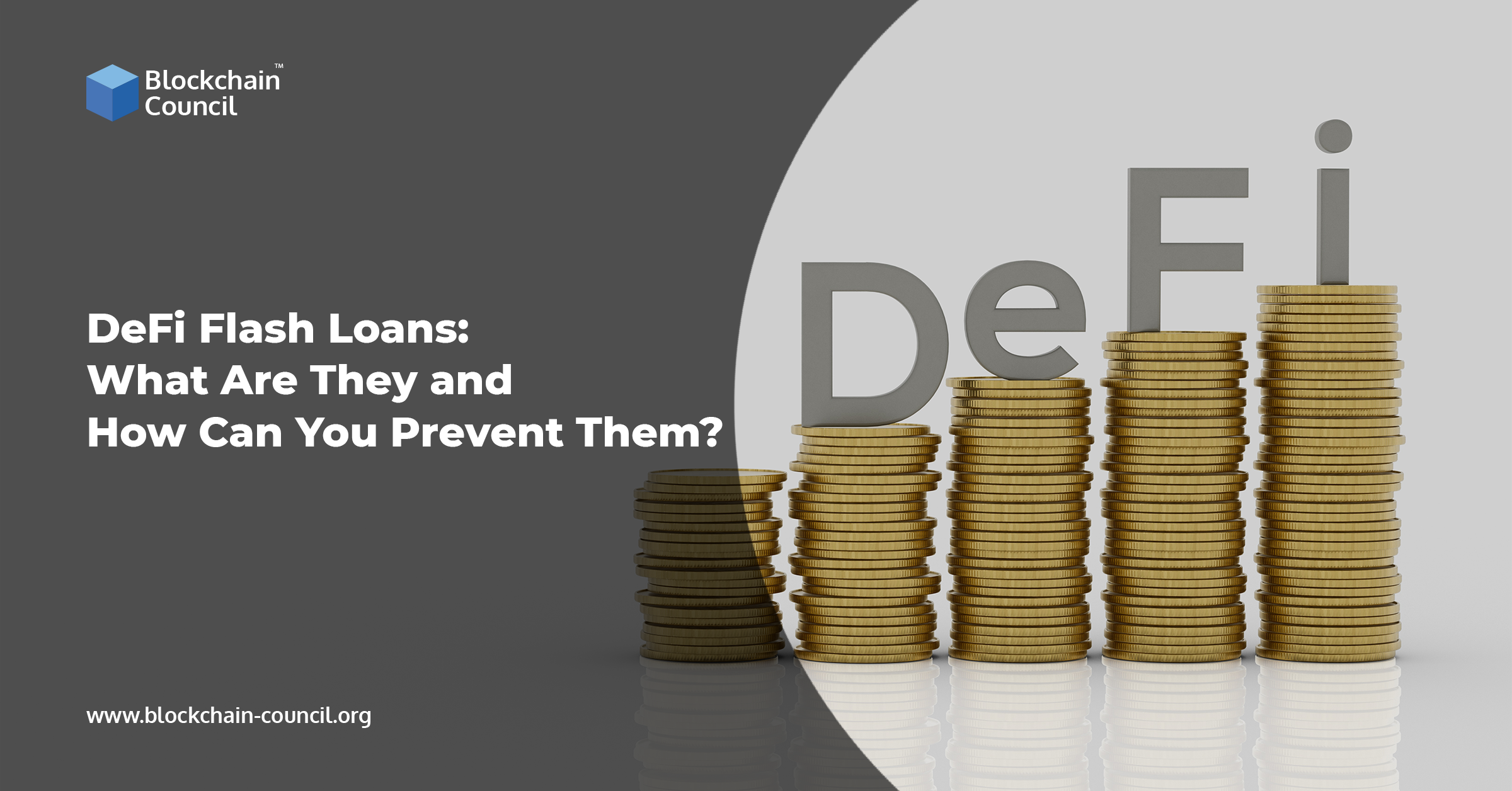
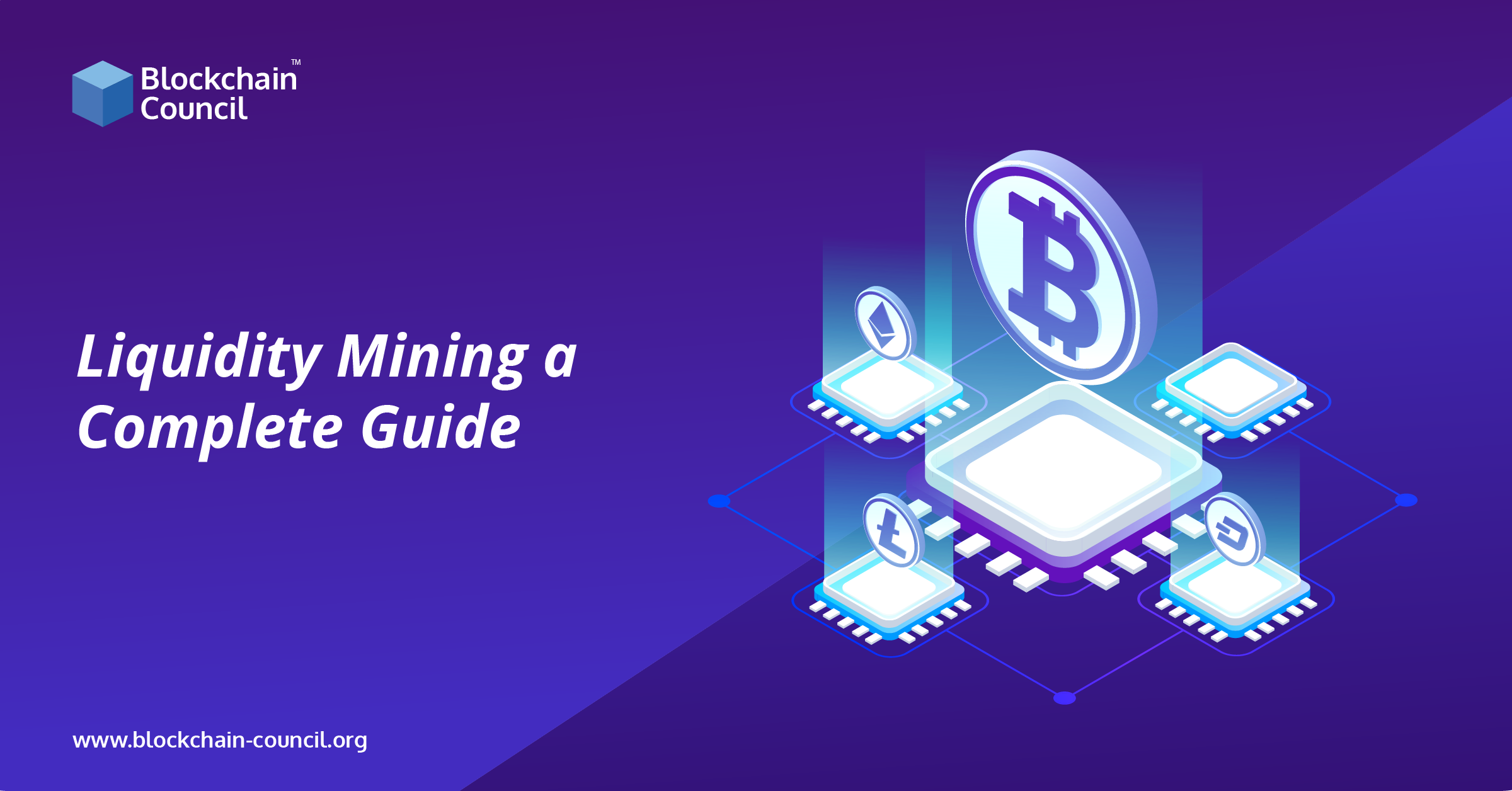
 Guides
Guides News
News Blockchain
Blockchain Cryptocurrency
& Digital Assets
Cryptocurrency
& Digital Assets Web3
Web3 Metaverse & NFTs
Metaverse & NFTs
